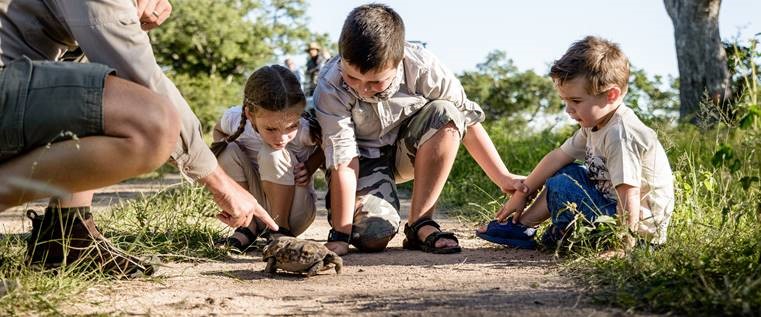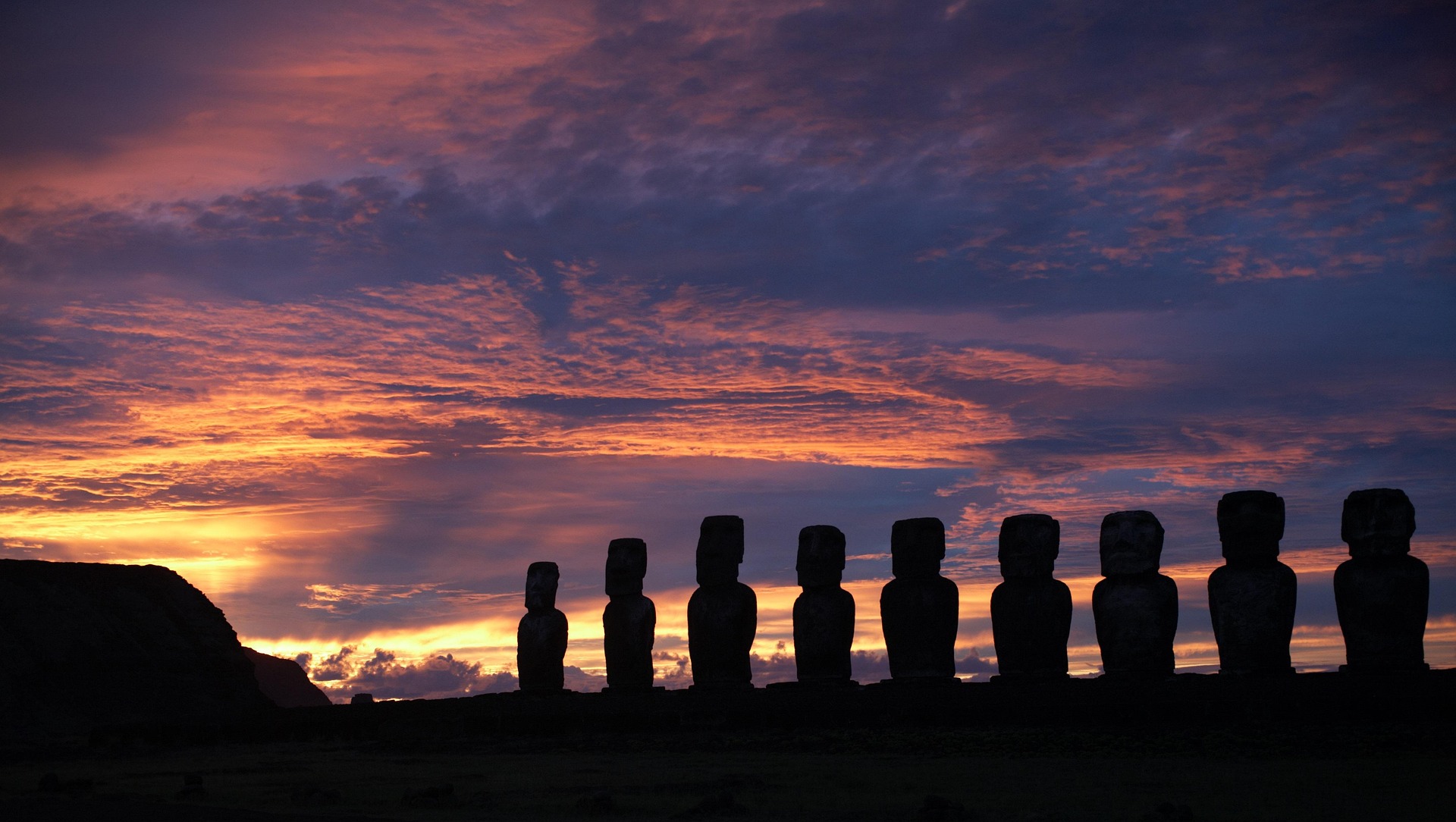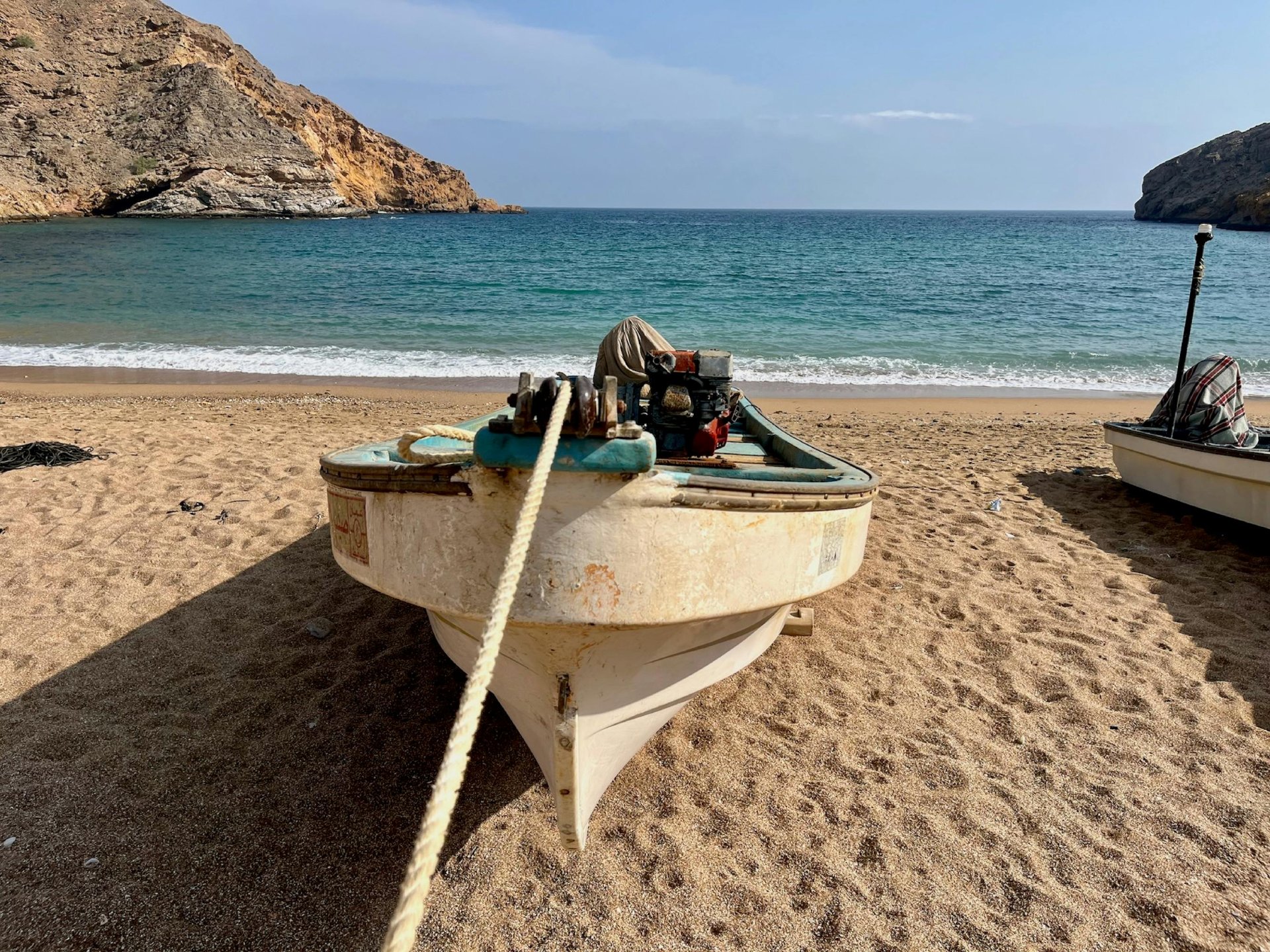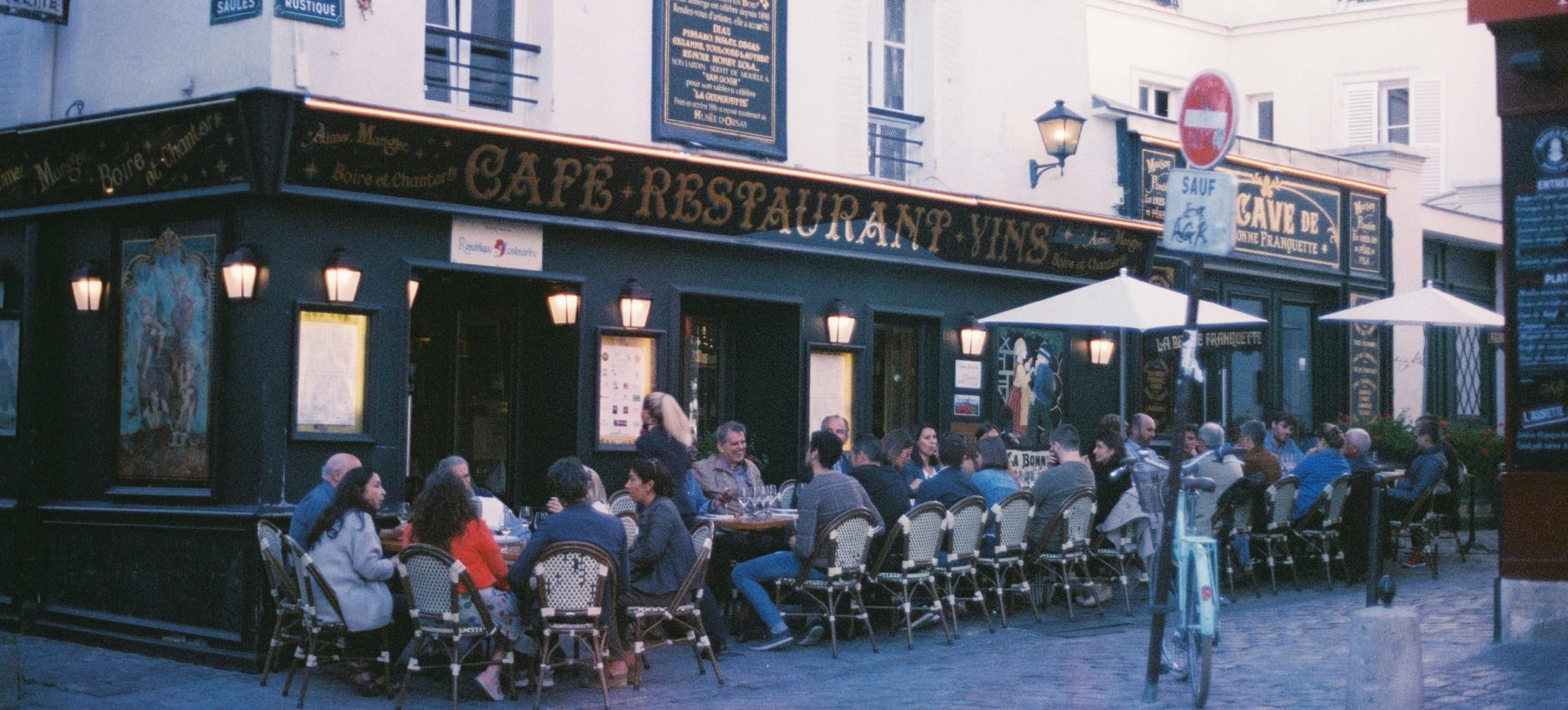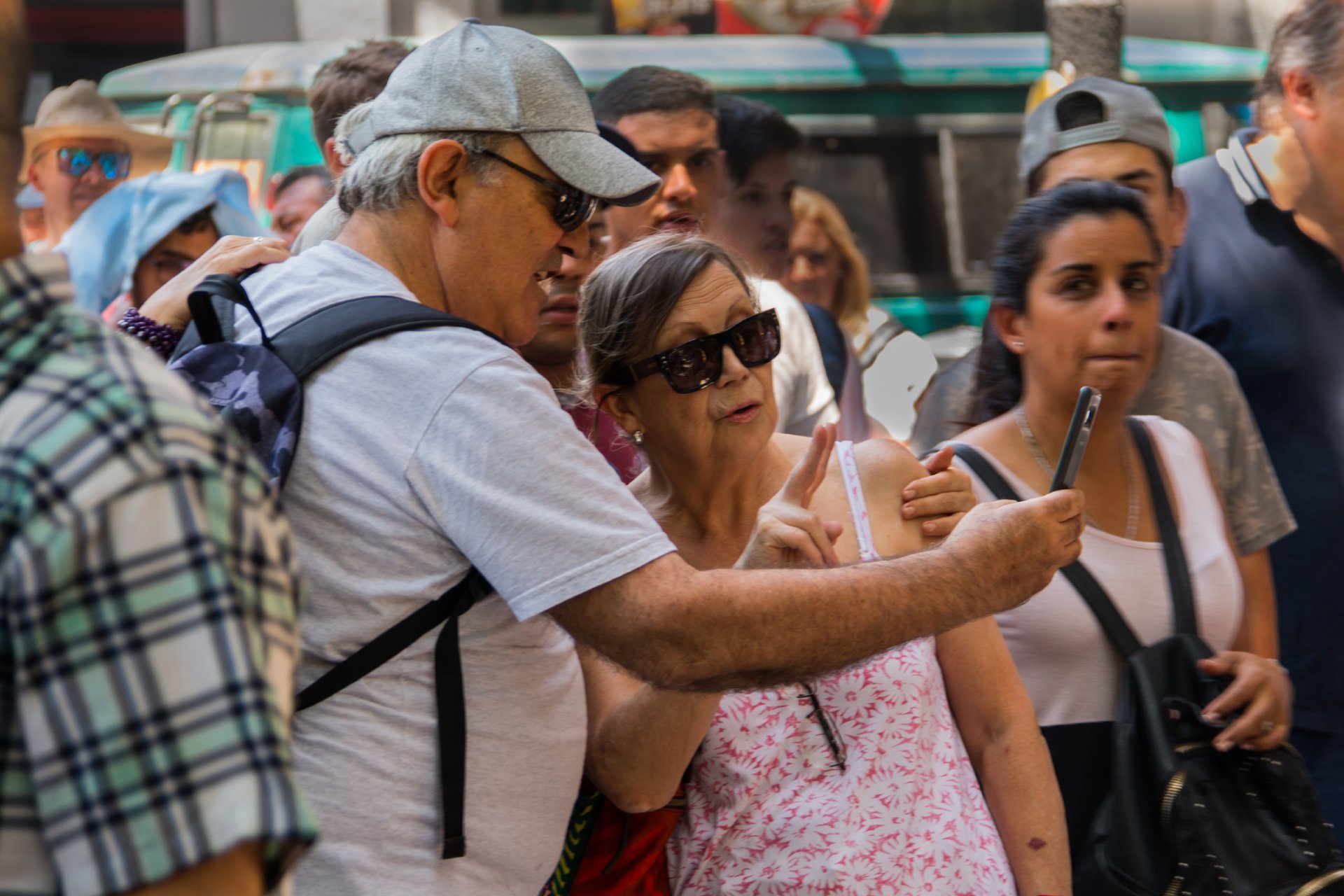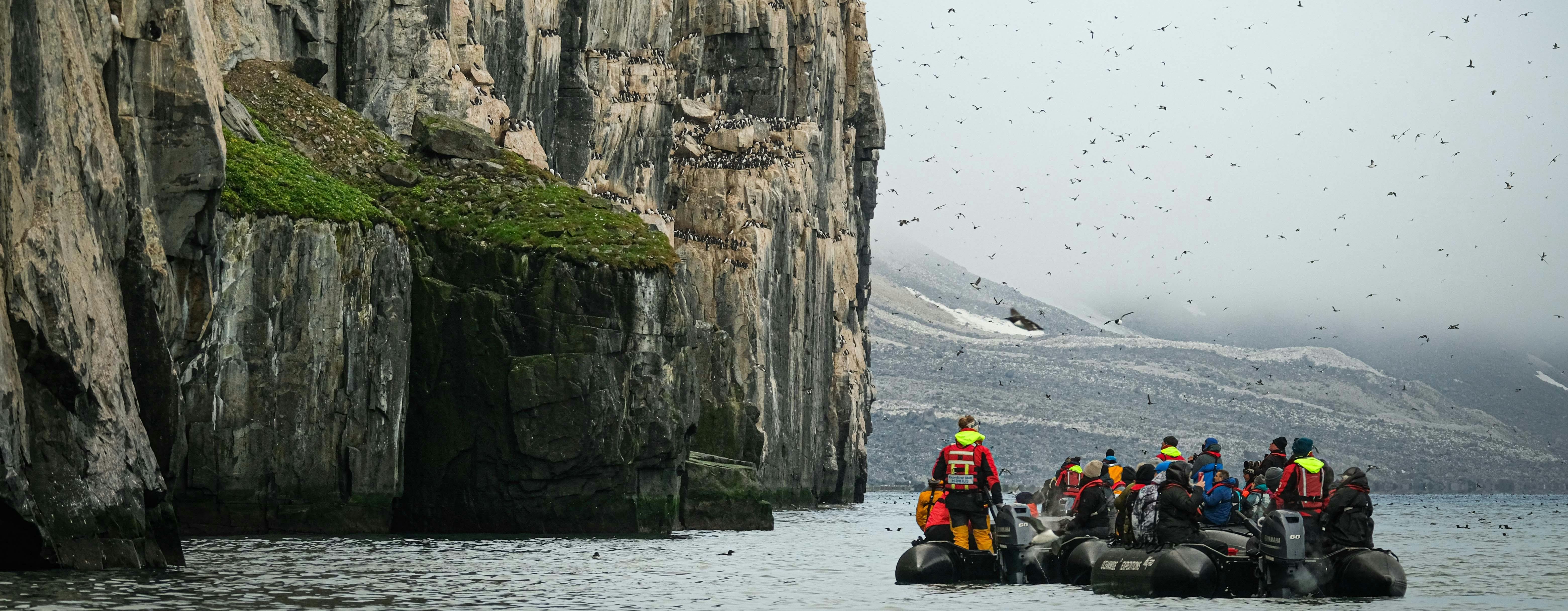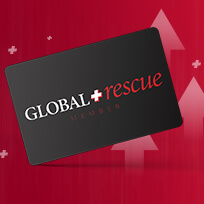What type of family vacation is trending this year? The edu-vacation: travel experiences with an educational bent. We asked our Safe Travel Partners for destination ideas for the ultimate educational vacation.
Every family is unique — and so are their vacation choices. A beach vacation may be a delight for some and not-so-relaxing for others. Then there are the families who like a jam-packed itinerary to see and do everything at their destination of choice, and others who might want more flexibility with an excursion in the morning and no plans in the afternoon.
One thing is for sure: families are going to travel in 2022. Some statistics:
- According to a study by American Express, 76% plan to travel more with their family in 2022 than they did in 2021.
- Six in 10 Americans are planning at least one summer trip and, despite higher gas prices, 35% expect to travel more this summer than last summer.
- A whopping 70% are planning to take their first international trip with their children since the pandemic.
- The number of families taking time away together is expected to rise by nearly 25% to 376 million trips annually by 2022.
What type of family vacation is trending this year? The edu-vacation: travel experiences with an educational bent, according to The New York Times. Families are looking for luxury resorts with educational camps or courses for kids, family-learning itineraries with tour operators, and hotels offering local educational opportunities, such as counting bird species or learning textile looming.
“What is the best educational travel for families? Everywhere when planned well,” said Mimi Lichtenstein, owner and custom travel advisor at Truvay Travel. “There are so many possibilities, depending on the area of the world and the ages of the kids, for learning: environment/science, history, art, marine/wildlife, language, culinary, culture, politics/world affairs, astronomy or new skills — scuba diving, rock climbing, kite surfing, surfing and sailing.”
After postponing or downsizing family vacations during the pandemic, experts predict 2022 as the year of the GOAT: Greatest Of All Trips. This means no-holds-barred on trip expenses. Almost one-third of families spend between $2,000 and $5,000 per vacation.
We asked our Safe Travel Partners for some destination ideas for the ultimate educational vacation.
[Related Reading: Planning a Family Vacation? 10+ Safety Travel Tips to Consider]
South Africa’s Safaris
There’s almost no end to the list of educational benefits of a safari.
“Kids will learn about the animals, big and small, from predators to prey, birds, bugs and snakes; track and poop identification; and the history of the land and local people,” said Andre Botha, business relations director at Trans African Safaris, a family-owned company that creates luxury travel itineraries in Southern and East Africa.
“If they are interested, kids can learn life skills, such as making a fire with limited resources, how to find your way home if lost, or making a bow and arrow. There’s the opportunity to learn from the local people — lodge staff, trackers and guides — and learn about their lives, which is often an eye-opener for foreign travelers and great for children to get an appreciation of others’ way of life.”
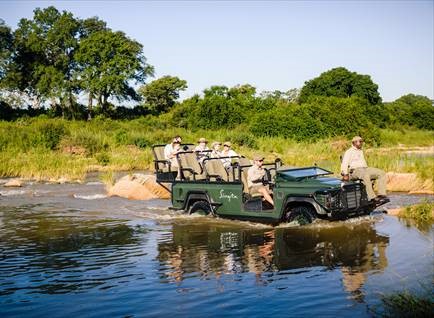
Some safari lodges and camps have age restrictions, while others will accept children of any age. Child minders are typically available, and lodges are well equipped to provide fun and educational activities for children.
“Around 10 years of age is good starting age for a safari, but many children are well-travelled and mature in this respect and we often have children much younger joining their parents and/or extended family,” Botha said. “They are always blown away by the experience. Children are like sponges and a safari will leave the sponge dripping wet!”
Global Rescue Risk Assessment: Moderate
Violent crime is a major concern for visitors to South Africa. Muggings, carjackings and robberies are common. Civil unrest is also a problem, as demonstrations can occur without warning and turn violent quickly. Rates of vector-borne and communicable diseases are high. Medical facilities in major cities and near game parks are of good quality.
Mexico’s All-inclusive Resorts
Just the website description of Playa Viva, an all-inclusive resort in Mexico, hits all the wants and needs of a GOAT family edu-vacation: “Our property is situated on a mile of pristine private beach surrounded by lush green palms. You’ll fall asleep to the lullaby of the Pacific Ocean and wake to the warm breeze on your skin. Tour our on-site farm where we grow some of our food, including coconuts, mangos, cashews, tamarind, tomatoes, lettuces and many other delights. Visit our baby sea turtle sanctuary and explore our diverse coastal ecosystem. With each passing moment at Playa Viva, you’ll feel more connected to the natural world around you.”
The family package includes opportunities for children to engage in the local community and learn how children live in another culture, such as a visit to a family that lives off-grid in the mountains growing all they need. There’s also snorkeling, releasing baby turtles into the ocean, and learning how to bait a hook and cast a line from shore.
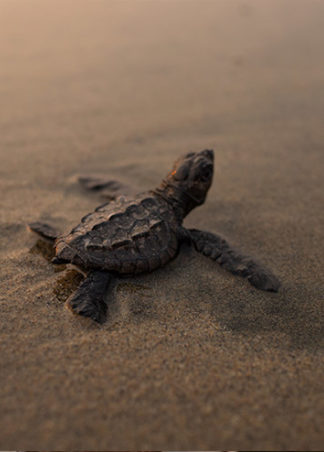
Global Rescue Risk Assessment: Moderate
There are high rates of gang- and drug-related violence in Mexico. Demonstrations are common, may involve roadblocks, and have the potential to turn violent. The hurricane season runs from June to November. The quality of health care is acceptable within Mexico City but medical facilities and service providers are substandard outside the urban areas.
Europe’s Big Cities
London, Rome, Paris. These European destinations remain the top choices for family travel because of the wealth of educational activities. A trip to London can check all the family requirement boxes: iconic landmarks (Big Ben), history (museums galore), art (the National Gallery with art from the 13th to 19th centuries), cuisine (fish and chips, anyone?), pop culture (there’s even a Harry Potter hotel and a Sherlock Holmes Museum). Paris has similar offerings and, if you ask, you’ll find special programs for kids at the Louvre, a French pastry class for families, and opportunities for early morning tours to avoid the crowds. When in Rome, check out really old buildings like the Coliseum and see where lions ate slaves, visit a vomitorium, and learn about Caesar’s assassination.
Global Rescue Risk Assessment: Low to Moderate
France is beset by protests and strikes, many of which have turned violent and affected transportation networks. In London, civil unrest, race-related crimes, riots in response to domestic events and hooliganism surrounding sporting events are common. Italy is subject to seismic and volcanic activity. Petty crime, including pickpocketing, is common in large European cities. Medical facilities and services are of high quality in the U.K., France and Italy.
Costa Rica’s Conservation
Costa Rica, a Central America destination known for its wildlife, is also a great educational spot for learning about sustainability.
“As a country, Costa Rica is focused on sustainability and renewable energies,” Lichtenstein said. “They are pioneers in eco-tourism, with an 86.80% of dependency on green energy, the fourth highest in the world. In addition, Costa Rica has a Blue Zone in Nicoya; this community has one of the highest rates of longevity in the world.”
Lichtenstein, who most recently traveled to Costa Rica in May 2022, offers a laundry list of reasons families should take an educational trip to Costa Rica.
“Practicing the Spanish language and learning new culinary methods through cooking classes with locals. New skill ideas — surfing, rappelling, kiteboarding. The diverse environment with 12 climate zones — volcanoes, hot springs, rain forests and cloud forests,” Lichtenstein said. “And the turtles! Conservation, hatchings and nestings on the Caribbean and Pacific coast. You might also see whale migrations, spinner dolphins, monkeys, more than 900 species of birds, sloths and many more.”
Global Rescue Risk Assessment: Low
Costa Rica is generally peaceful, with low levels of civil unrest and a low threat from terrorism. In recent years, street crime, rape, homicides and robberies have increased. Natural disasters are common. Vector-borne diseases are a concern. Medical care is available in San José, but is often limited outside urban areas.

